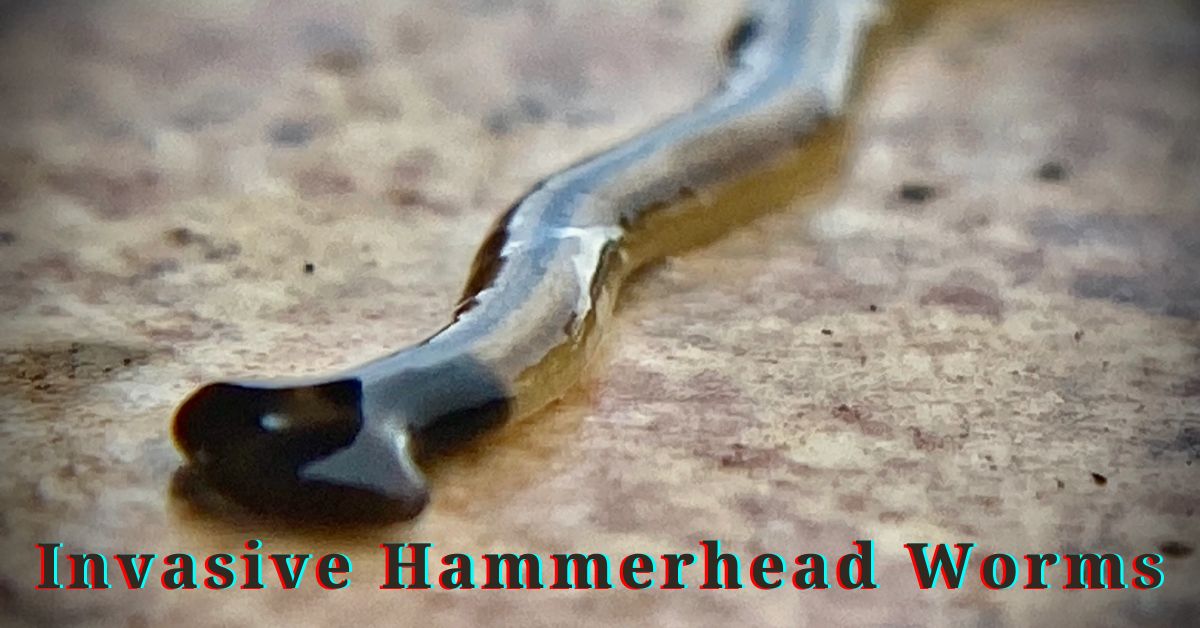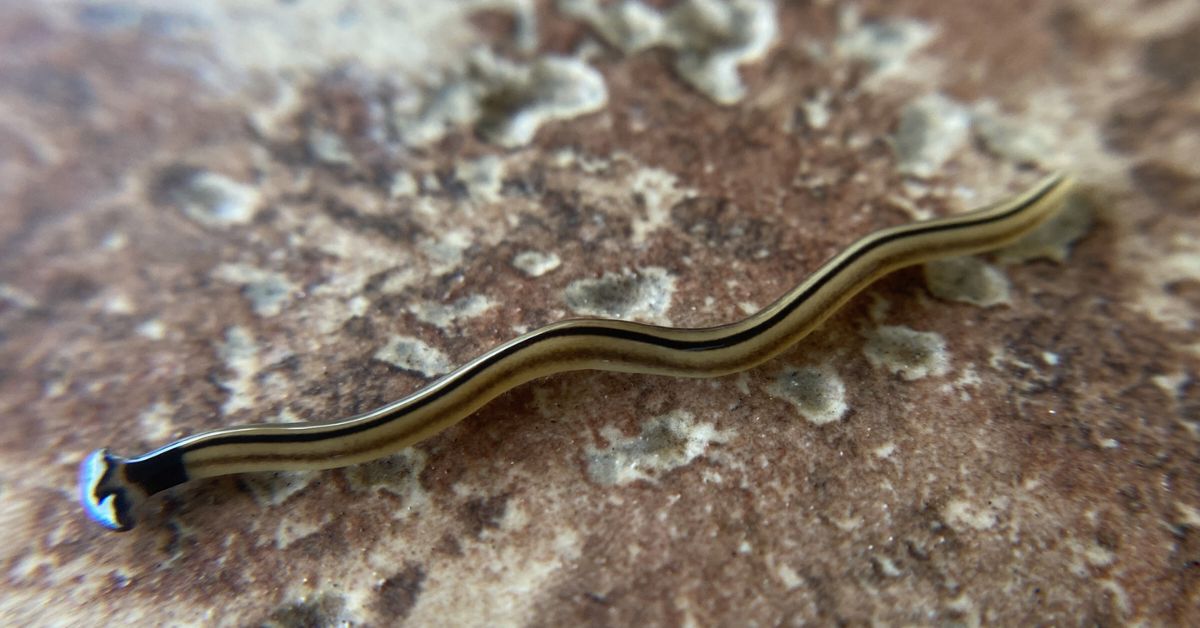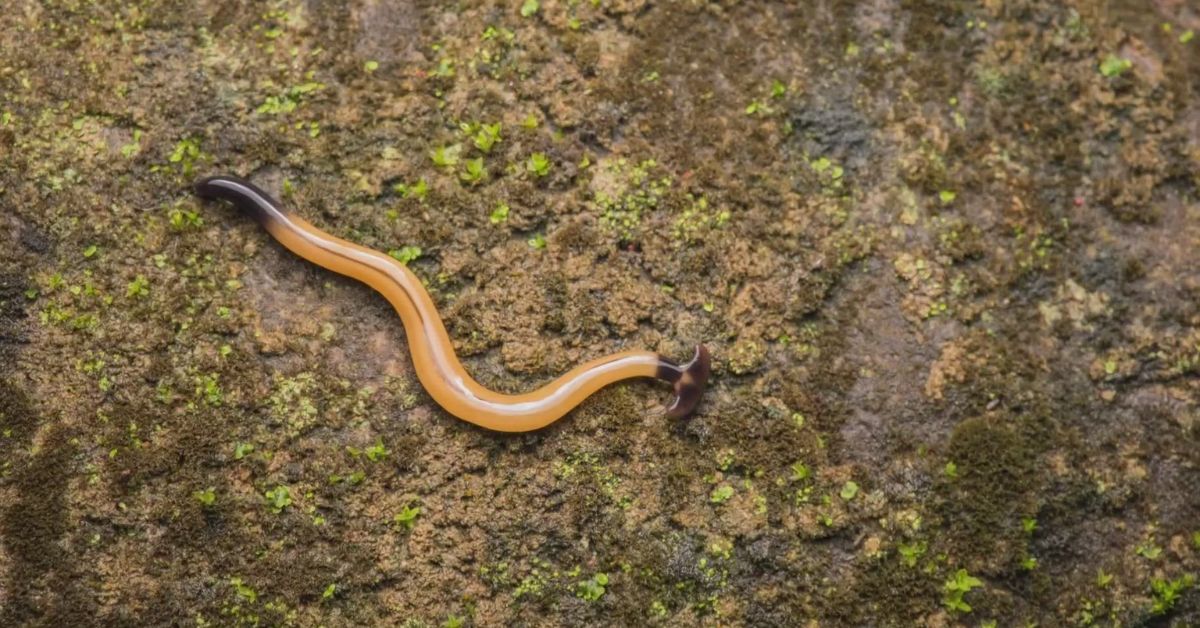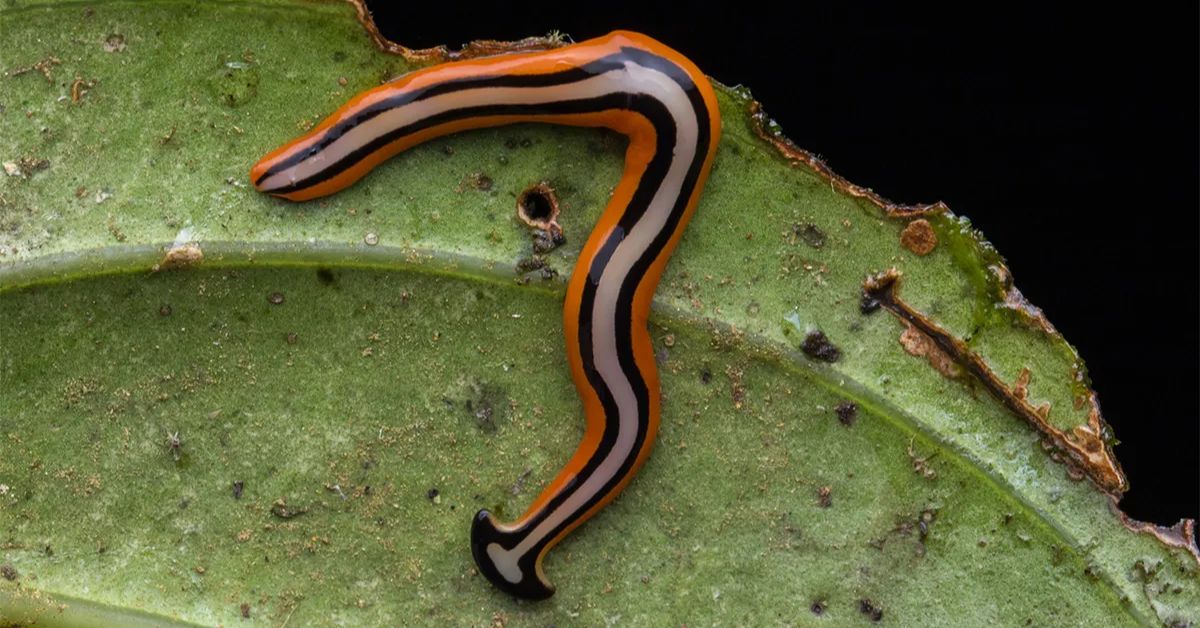The discovery of peculiar hammerhead worms in the regions of Virginia, the Carolinas, and the District of Columbia has stirred curiosity and concern among residents and gardeners. These fascinating yet enigmatic creatures belong to the Bipalium genus and are known for their distinct hammer-shaped heads.
Despite their intriguing appearance, hammerhead worms can pose a threat to local ecosystems and native species. In this article, we will explore the characteristics of hammerhead worms, their potential impact on the environment, and effective methods to control their population.
What is a Hammerhead Worm?
Hammerhead worms, scientifically known as Bipalium species, are a group of land planarians that are not native to North America. Originating from Southeast Asia, these flatworms were likely introduced to the United States through human activities, such as the international trade of potted plants and soil.
Measuring up to 20 inches in length, hammerhead worms are easily recognizable due to their distinctively shaped head, resembling the cross-section of a hammer. Their bodies are flat, slimy, and vary in color, often displaying shades of brown, gray, or black.
Hammerhead Worm Habitat and Distribution
In recent years, hammerhead worms have been reported in various regions of Virginia, the Carolinas, and the District of Columbia. Their spread is primarily attributed to their exceptional adaptability and the lack of natural predators in their new environment.
These worms prefer moist and shady habitats, making gardens, forest floors, and damp areas near water bodies ideal places for them to thrive. Concerns about their distribution are growing, as hammerhead worms are known to outcompete native species for resources and disrupt local ecosystems.
Hammerhead Worm Feeding Behavior and Ecological Impact
Hammerhead worms are carnivorous predators that primarily feed on other soil-dwelling invertebrates, including earthworms, snails, slugs, and various insect larvae. Using their impressive hunting technique, they extend their pharynxes to engulf and digest their prey whole.
While their predatory nature can be beneficial in controlling certain pest populations, the unchecked proliferation of hammerhead worms can lead to imbalances in local ecosystems.
One of the most concerning aspects of their ecological impact is their predation on earthworms, which are essential for soil aeration and nutrient cycling. Earthworms play a crucial role in maintaining soil health, and their decline due to hammerhead worm predation can disrupt the entire food chain and adversely affect plant growth.
Below you can read additional news:
- 146 Injured As A Strong Earthquake Hits Southeast Taiwan
- Tsunami Warning Lifted After Magnitude 7.2 Quake Strikes Alaska Peninsula
Methods of Control
Addressing the hammerhead worm invasion requires a multi-faceted approach, combining both preventive measures and direct control strategies. Here are some effective methods to manage the hammerhead worm population:
-
Preventive Measures:
- Inspect Plants and Soil: Carefully examine potted plants and soil for any signs of hammerhead worms before bringing them into your garden.
- Quarantine New Plants: Isolate new plants for a brief period before planting them in your garden to ensure they are free of hammerhead worms and other pests.
- Avoid Soil Movement: Limit the movement of soil between different areas to prevent unintentional transport of hammerhead worms.
-
Cultural Practices:
- Encourage Natural Predators: Attract native predators like birds, toads, and snakes to your garden, as they can help keep the hammerhead worm population in check.
- Remove Hiding Places: Clear away debris and organic matter where hammerhead worms might find shelter.
-
Chemical Control:
- Nematode Application: Certain nematodes are natural predators of hammerhead worms. Applying nematodes to the soil can help control their population without harming other beneficial organisms.
- Pesticides: In severe infestations, specific chemical pesticides may be used as a last resort. However, exercise caution and select products that are least harmful to the environment and non-target species.
-
Biological Control:
- Parasitic Fungi: Some parasitic fungi can infect and kill hammerhead worms. These natural biocontrol agents can be utilized as an eco-friendly approach to managing their population.
How To Kill a Hammerhead Worm?
While there are various methods for killing a hammerhead worm, the Georgia Department of Agriculture does not recommend “chopping up their bodies.”
Hammerhead worms are hermaphroditic, which means they have both male and female reproductive organs, and their major mode of reproduction is assumed to be when the worm splits into smaller parts and a new head forms. Instead, you can kill a worm by immersing it in soapy water, crushing it, or applying salt, vinegar, or citrus oil to it.
Conclusion: The presence of hammerhead worms in Virginia, the Carolinas, and the District of Columbia raises concerns about the potential ecological impact on native species and local ecosystems. Being invasive predators, hammerhead worms can disrupt the natural balance and cause harm to soil-dwelling organisms like earthworms.
To safeguard the environment and maintain the health of our gardens and green spaces, it is essential to adopt preventive measures and employ effective control methods. By understanding the habits and preferences of hammerhead worms, we can better protect our natural surroundings and preserve the diversity of life in our region.







